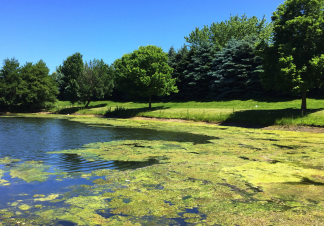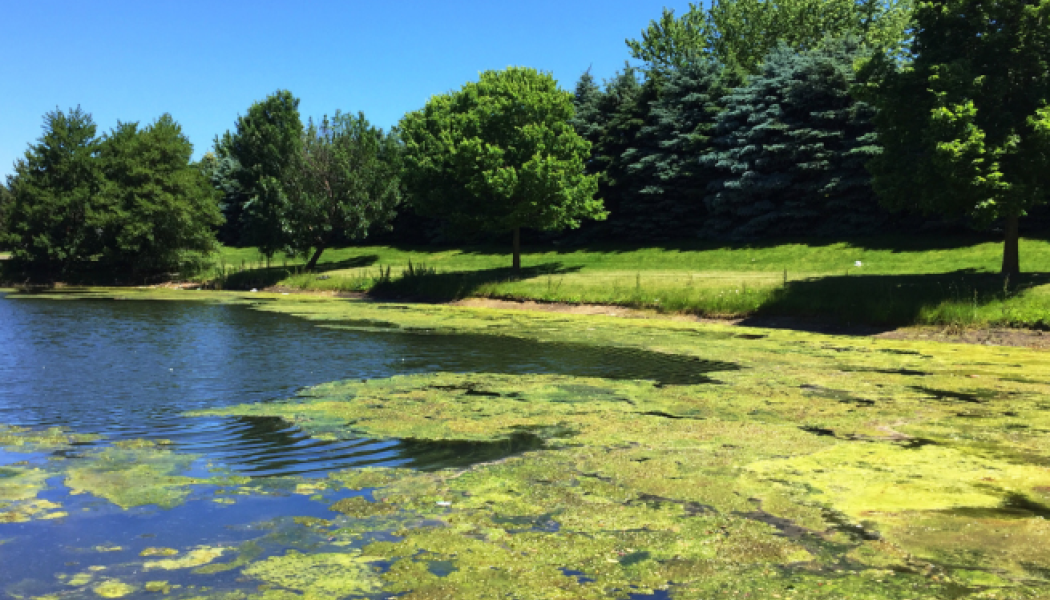Algae are a natural part of our water ecosystems in the Interior Health region.
Blue-green algae are also found in our ecosystems like lakes. But unlike its name implies, blue-green algae are actually a microscopic bacteria called cyanobacteria.
Cyanobacteria can live in waters through winter. In the warmer spring and summer months, cyanobacteria can multiply very quickly and produce several types of toxins that can be poisonous to people, pets and livestock.
“It’s that time of year when we can see increased blue-green algae (cyanobacteria) blooms on lakes. These blooms tend to stay on the water surface and may have a leafy scent,” says Interior Health chief deputy medical health officer Dr. Silvina Mema. “Sometimes blooms can be toxic for those who come in contact with the water. My advice is to use common sense and avoid contact or consuming water if you suspect there is a cyanobacteria bloom.”














